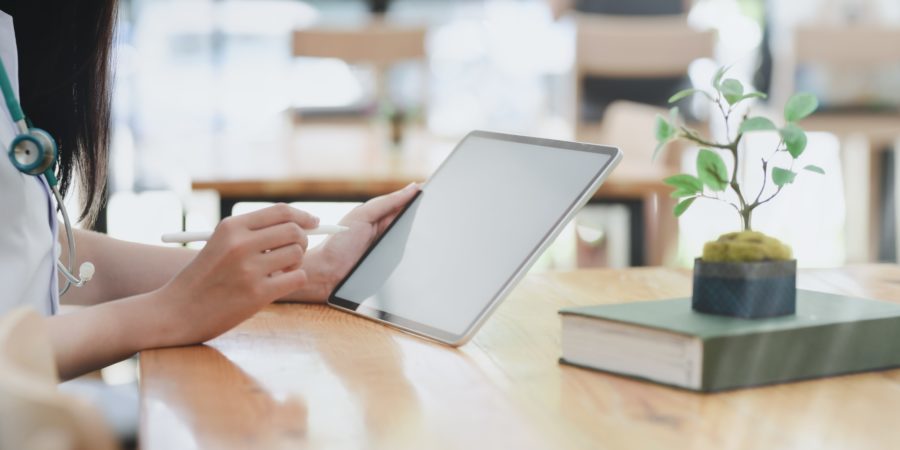Telehealth and Telemedicine Utilization in COVID-19
The COVID-19 pandemic has completely changed the way that healthcare is being delivered to patients. Hospitals are being overwhelmed with beds being occupied beyond capacity, extreme PPE shortages, and elective procedures being postponed because of COVID-positive patients needing to be accommodated instead. This is why seeing a provider virtually has become the new trend. Not only does it reduce the burden on the health system, but also keeps patients safe by preventing potential exposure to the coronavirus in waiting rooms and medical facilities. It is important to understand the differentiation between telemedicine and telehealth, as the terms are often confused. To put it simply,
Telemedicine is a facet of telehealth.
Telemedicine is the practice of delivering care by using technology (audio, video, phone) to deliver care from a distance. Telehealth includes these practices of telemedicine. In addition to this, it also includes mHealth (use of mobile devices to facilitate care delivery), remote patient monitoring, and store-and-forward (storing of data in an intermediary device or server and then being passed on to destination).
After the coronavirus outbreak affected the entire world, some markets within the telehealth realm are very successful. One is telepharmacy, which allows patients to pick up medication from a licensed location, and can receive counseling and reviews by their pharmacist at this location, as it would be done at any traditional pharmacy. However, this interaction is over a screen, making it easier for the patient, who may have difficulty getting to the traditional pharmacy.
Another interesting market is telenursing, which allows for nurses to help guide patients for physician visits, communicate regarding treatment regimens, keep up with recovery at home, and also set up appointments or calls with a physician.

In today’s environment with the pandemic, mHealth is also booming. This is short for mobile health, and allows for patients to receive care through mobile devices such as phones, tablets, PDAs, and computers. This is unique because it is more convenient for patients, since it allows them to capture their health data, and these metrics can be viewed by medical professionals so they can provide more tailored care. mHealth has proven to be extremely effective within rural communities and populations of low socioeconomic status, due to the convenience it brings to patients.
Telemedicine has become the new trend and will become the new norm, even if it has not already. Joe Harpaz of Forbes gave a few strong reasons why virtual care is here to stay. One is that even though there are strict stay-at-home orders, many patients still need to see their providers to keep up with treatment regimens and checkups. This is why health systems and clinics across the world have adopted telemedicine, making it into a booming market. It is interesting to note that fields like behavioral health, mental health, and even veterinary clinics have implemented telemedicine amid the pandemic! Another reason that Harpaz gave was a drastic improvement with reimbursement and insurance coverage for virtual visits after the COVID-19 pandemic hit. He says “As a result of the public health emergency and because many physician offices are closed, Medicare has waived virtually all of these restrictions and has expanded coverage, meaning that telehealth services can be provided to a much wider range of patients.”
We can expect to see drastic innovation taking place in the telemedicine space soon as this pandemic runs its course. We are excited to be in this market and serving patients around the world!


